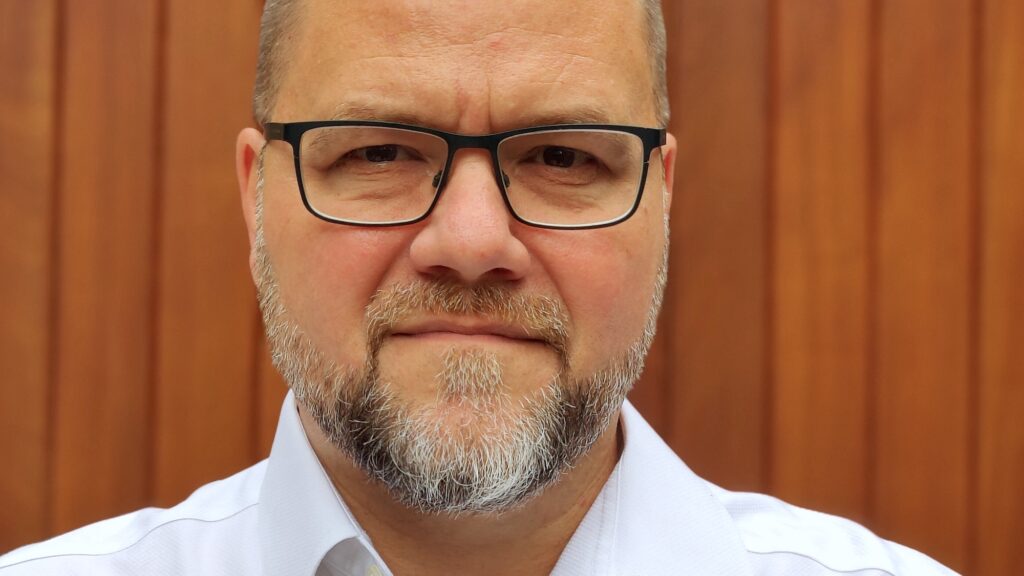INTERVIEW | As costs for keeping cash buffers become unacceptable under rising interest rates, operations professionals on the “buy side” increasingly glance at their sell-side colleagues for methods to get a closer-to-real-time overview of their immediately available money. PostTrade 360° Copenhagen 2023, on 11–12 October, will dedicate sessions on intraday liquidity both to the sell and buy sides. In this teaser, meet buy-side speakers Nick Jepson of system provider Planixs and Christopher Hess of advisory firm Hesmur.
For the PostTrade 360° Copenhagen conference website, with agenda and signup, go here.
UK pension funds – especially “defined-benefit” ones – had a rude awakening to the importance of intraday liquidity in late September 2023, as their go-to low-risk asset, the “gilts”, suddenly slumped. This followed the government’s “mini budget” announcement of plans for radical borrowing, which appalled the markets. The effect on investors was amplified as counterparties had to call for additional margin in the form of money or further assets that weren’t there.
“A lot of them were unable to react because they never thought that the situation could arise so quickly,” says Nick Jepson, chief revenue officer of Planixs. As he comes on-stage in Copenhagen on 12 October, expect him to make his case for a stronger spotlight on the liquidity factor – whether inside banks, investor institutions … or even our private lives.
“Not many people would be able to tell you anything at all about the liquidity position of their organisation. And yet, if you’re trying to work out how healthy the organization is, the first thing you need to know is ‘how long can I survive?’.”
Lacking the systems and processes
Planixs is in the business of systems to support that overview – by aggregating data on positions, market values, and counterparties, to produce continuously updated indicators. While certain books will always be filled in with some delay, the aim is to produce a liquidity report which provides a picture that is practically complete – and virtually real-time.
Based on a similar perspective, Christopher Hess of Hesmur, acts as advisor to firms who want to improve their skill set in the space. In the wake of the gilts crisis, Hesmur commissioned a detailed case study into the causes of the failure, and what capabilities institutional investors would need to acquire to be safe.
“A big reason was that they had never needed to track their liquidity, so they don’t have the systems, processes, or even behaviours, to think about liquidity within the timeframes you need to manage during a crisis. A lot of firms stress test their liquidity but do it on a longer-term basis such as weekly or at best daily. Nobody was doing something intraday, that’s something their systems didn’t really support,” says Christopher Hess.
Closer monitoring, smaller reserves
“They hadn’t looked at their settlement requirements in a very close and careful way, so they didn’t always really know what was the inventory that they had, and that they could use. And the people weren’t aware that this was needed, because they never needed to do it before.”
He sees a mismatch between institutional investors’ increasing activity in higher-risk markets such as illiquid assets, and the higher sophistication in risk management practices that this must be paired with operationally. The latter needs to catch up.
“There is money to be made by managing it efficiently because if you just do it by holding a bunch of cash you will be losing return. And the other driver is that regulators have started to get much more focused on the behaviors, processes, and principles, that these firms have around their liquidity.”
The session will also see the participation of Monie Lindsey, from corporate treasury insights firm CompleXCountries, and will be led by “The Bankers’ Plumber” Olaf Ransome. It is scheduled to follow after another intraday-liquidity session, one that will focus on the sell side.
• Our news posts around PostTrade 360° Copenhagen 2023, on 11–12 October, are gathered here.
• To download the 24-page jubilee event magazine, click here.
• The conference info site, with detailed agenda, is here.
• For post-event access to recorded sessions, find them listed here. To see them, you need to be logged in, and have picked up the free content pass. Sounds tricky but just follow the links!
• By the way … are we connected on LinkedIn already? Follow us here.












